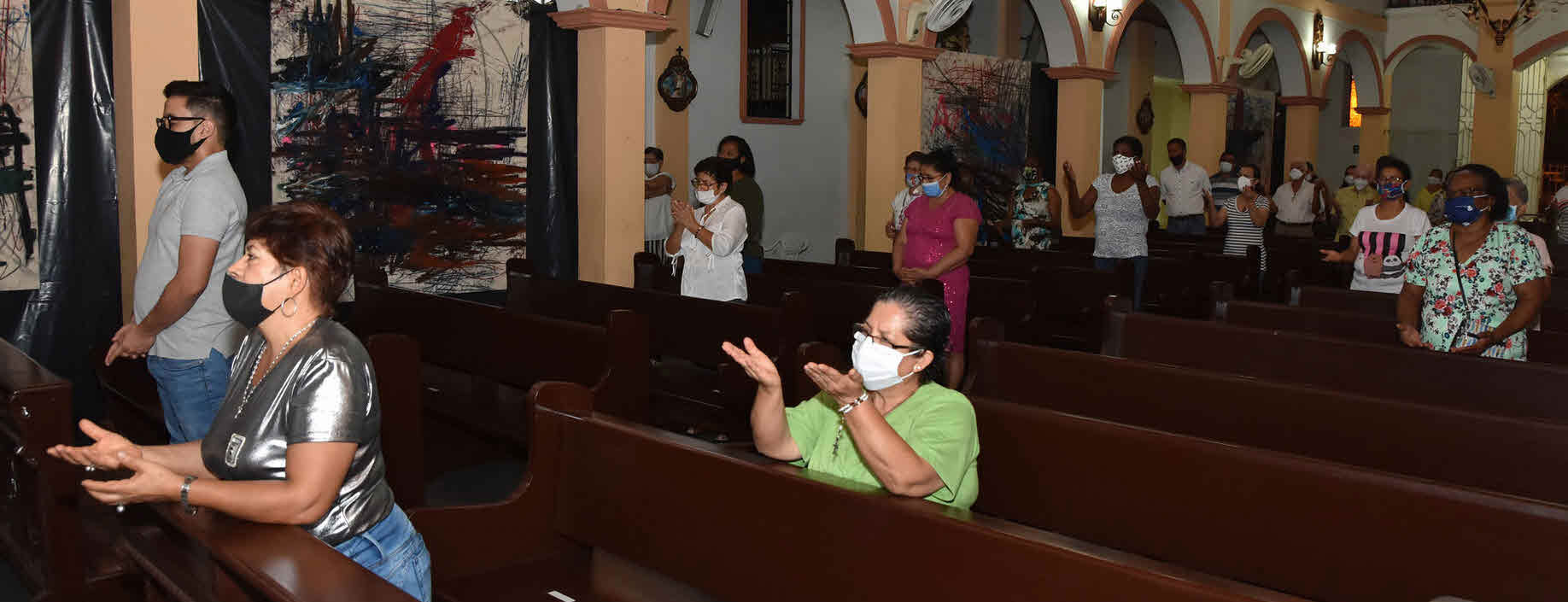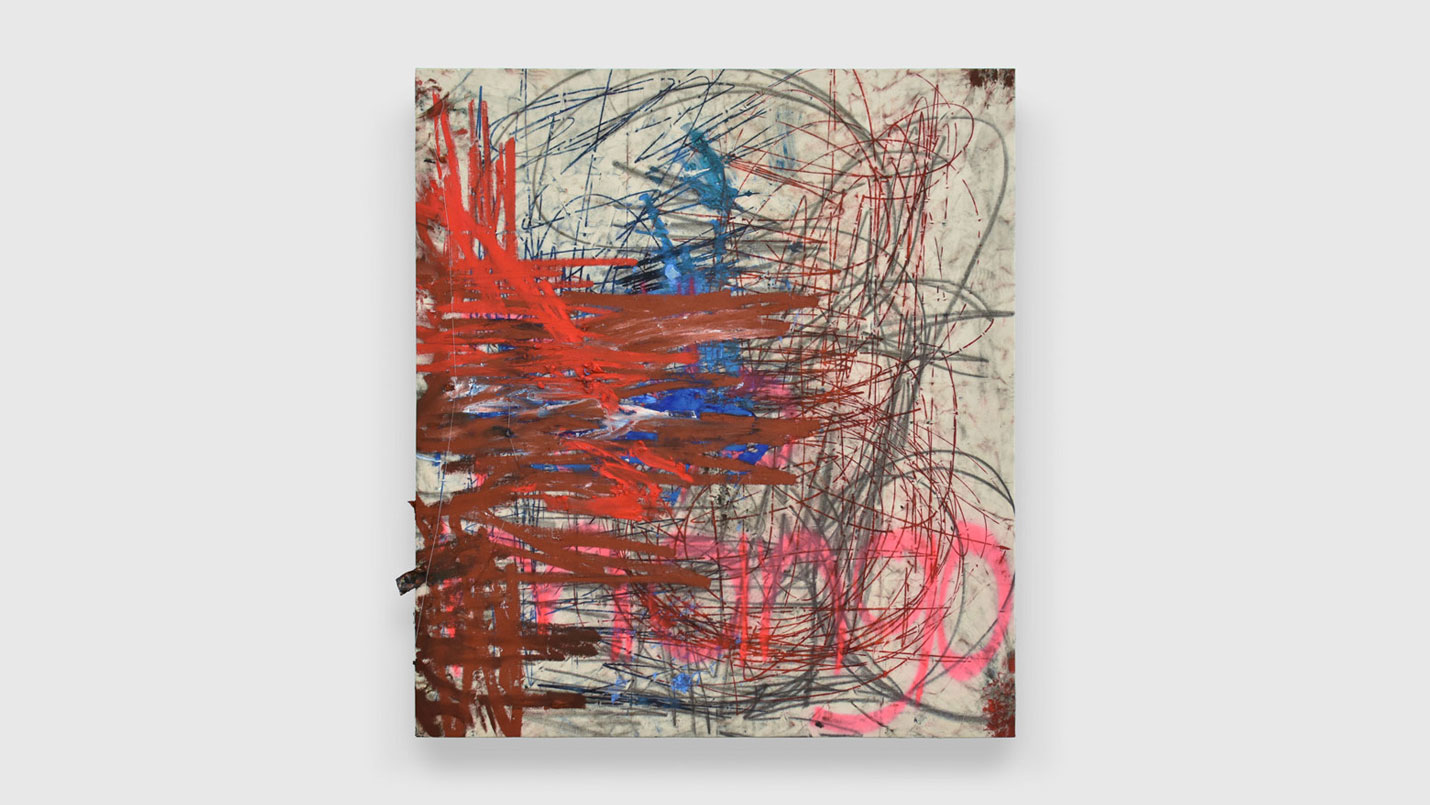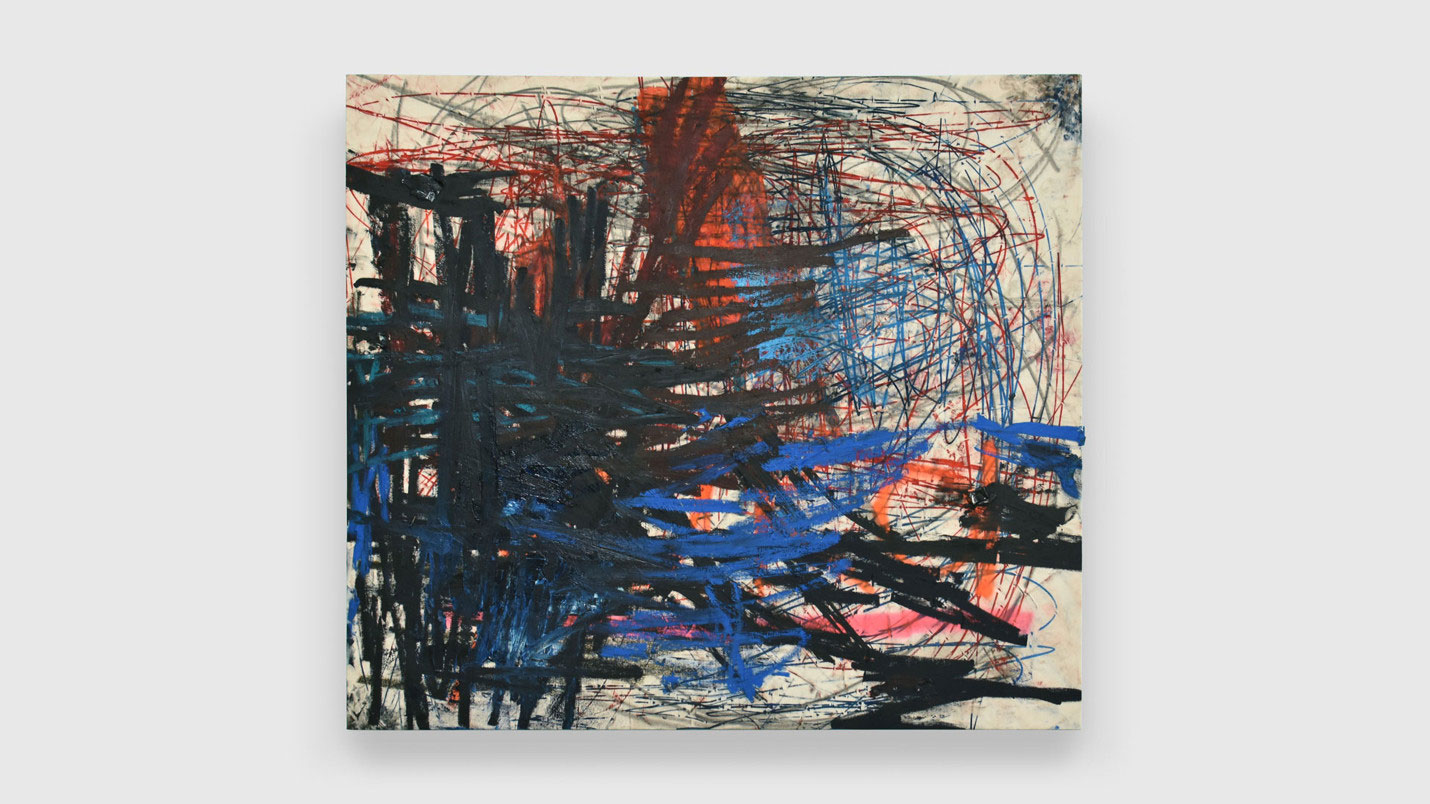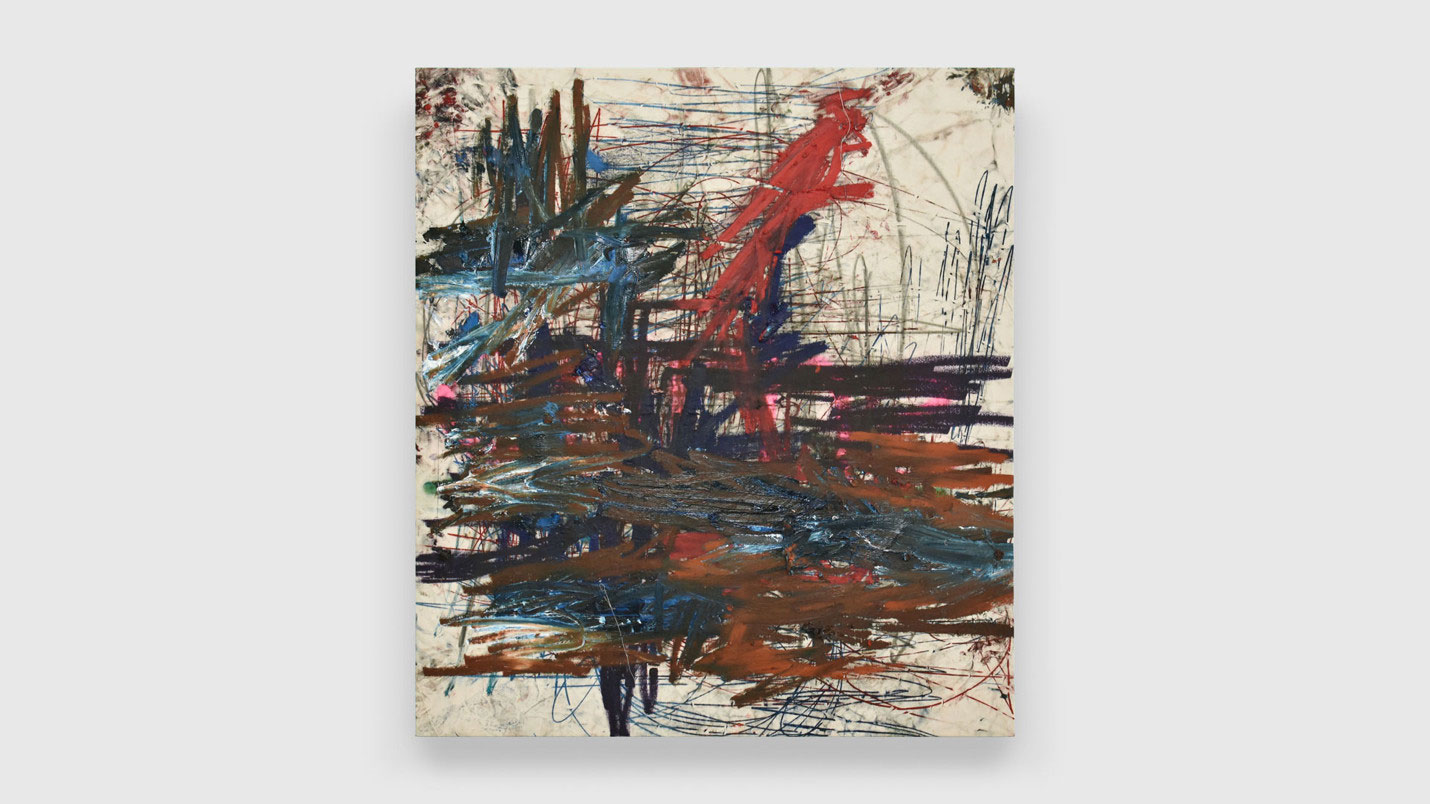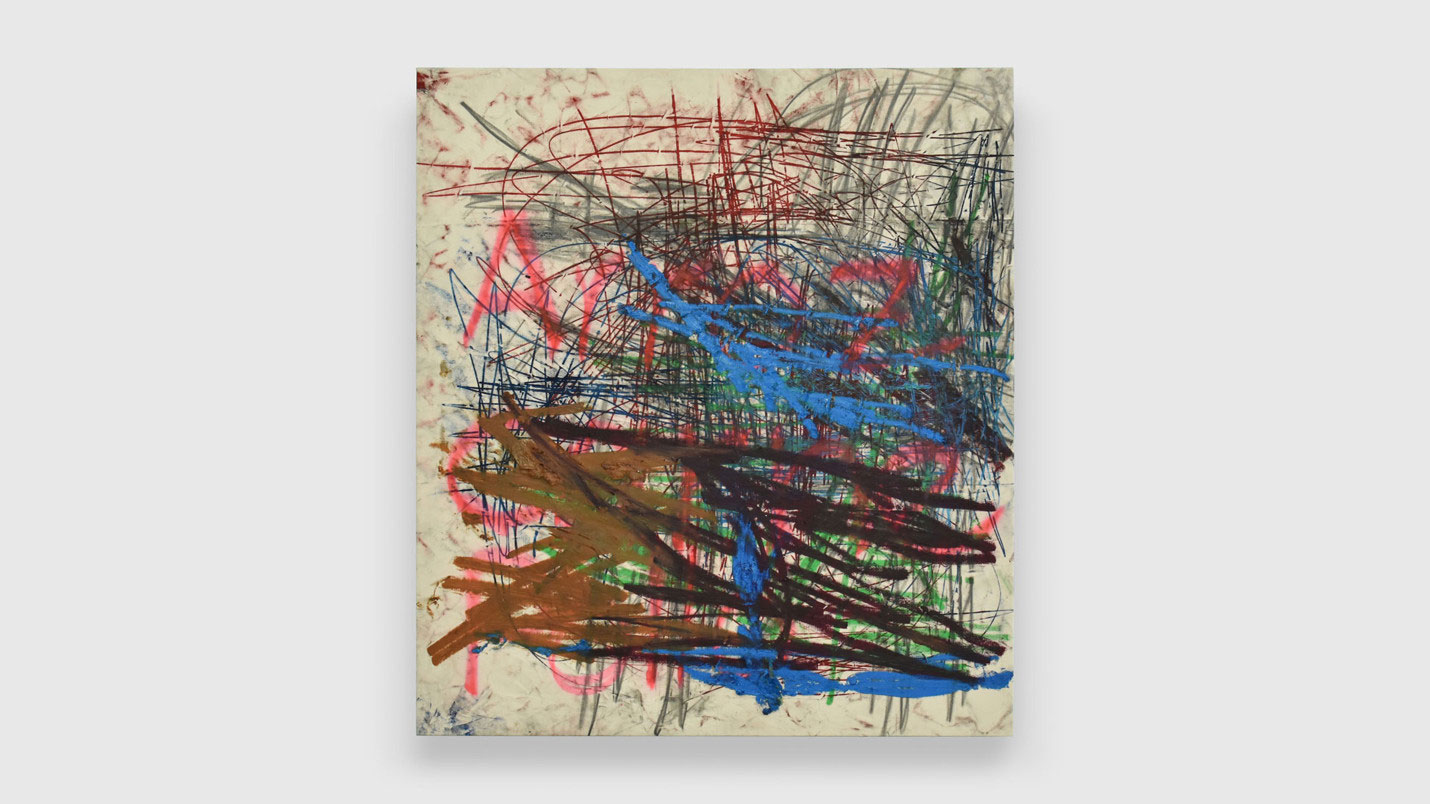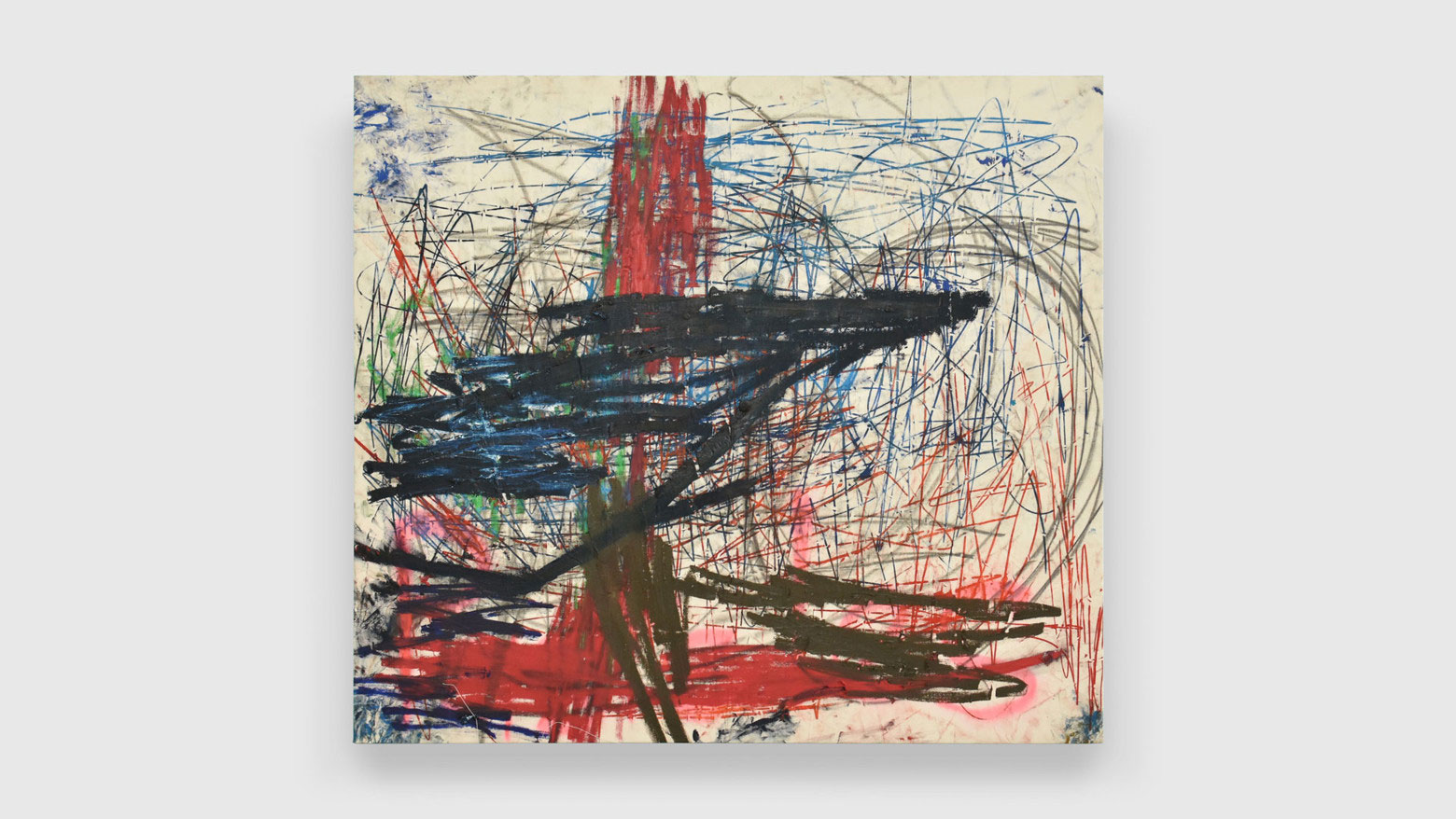ART-PRESENTATION: Oscar Murillo-Ética y Estética
 Oscar Murillo is known for an inventive and itinerant practice that encompasses paintings, works on paper, sculptures, installations, actions, live events, collaborative projects, and videos. Taken as a whole, his body of work demonstrates a sustained emphasis on the notion of cultural exchange and the multiple ways in which ideas, languages, and even everyday items are displaced, circulated, and increasingly intermingled.
Oscar Murillo is known for an inventive and itinerant practice that encompasses paintings, works on paper, sculptures, installations, actions, live events, collaborative projects, and videos. Taken as a whole, his body of work demonstrates a sustained emphasis on the notion of cultural exchange and the multiple ways in which ideas, languages, and even everyday items are displaced, circulated, and increasingly intermingled.
By Dimitris Lempesis
Photo: David Zwirner Archive
Oscar Murillo’s work conveys a nuanced understanding of the specific conditions of globalization and its attendant state of flux, while maintaining the universality of human experience. “Ética y Estética” is an exhibition of new paintings at Parroquia Santa Barbara, a local church in the small factory town of La Paila, Colombia, where Oscar Murillo was born and hax been quarantined for months. When the lockdown took hold, Murillo converted his warehouse studio into a distribution center to supply food to the village, cooperating with the local church to share essential goods. Though he has long been skeptical of organized religion and its oppressive history, Murillo recognize how crucial its parishes can be to many communities, including the residents of La Paila. As the artist says “I think of these new paintings as a manifestation of where I find myself now. They represent the anxiety of the current crisis”. The paintings incorporate the names of foodstuffs, such as “chorizo” (a spicy Spanish pork sausage), “maiz” (corn) and “carne” (meat) terms that have not featured in my work since my earliest paintings. Murillo used these words to symbolize the act of coming together in celebration. In these recent paintings, the phrases are partially or totally obliterated, a gesture that reflects the precariousness of some of life’s most basic necessities at this moment. The title “Ética y Estética” comes from a 2016 performance that also took place in La Paila. Working with neighbors and friends within the community, they painted placards and marched with them to the statue of Hernando Caicedo (1890-1966). Caicedo founded the Colombina candy factory, which to this day employs many of the residents of the village. The performance was deliberately ambiguous, part parade and part protest; it celebrated the industry that brought prosperity to r Murillo’s hometown yet simultaneously reminded us how much of the local population, across many generations, has been condemned to low-paying work in service of a powerful employer.
Info: Parroquia Santa Barbara, La Paila, Colombia, Duration: 14/7-16/8/20, www.davidzwirner.com


